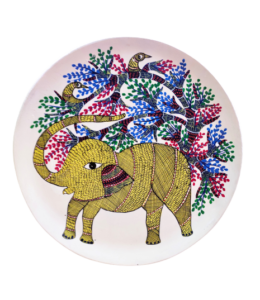
Fantastic, awe inspiring Gond art
Gond art draws its name from the largest tribe of central India viz the Gond tribe. They, as per the latest records, have a population

Gond art draws its name from the largest tribe of central India viz the Gond tribe. They, as per the latest records, have a population
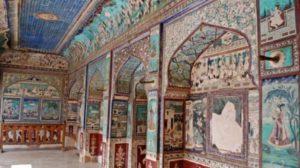
The artwork on the product that you currently see has been inspired by the timeless frescoes of the Bundi Palace. Bundi is a small town
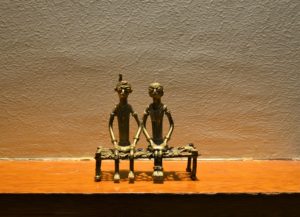
Ethnic to the eastern belt of India, particularly Tribal Odisha, Dokra artwork is a traditional non-ferrous metal casting modus operandi, whose origin could be traced
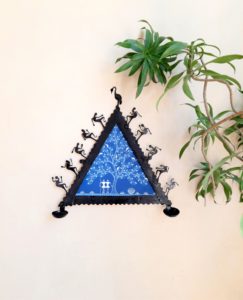
Dating back to the 10th century A.D, Warli traces its roots to the region of North Sahyadri Range, in Western India. This range encompasses cities
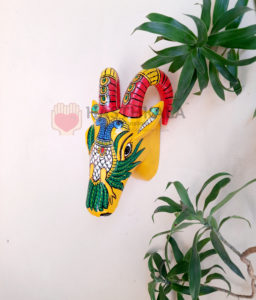
India’s rich history has been charming humans around the arena whilst you recollect that age. Ancient painting of India is celebrated worldwide. One such painting
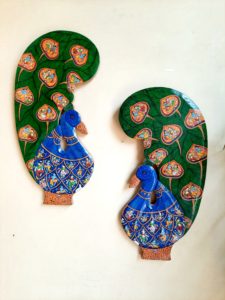
The art form, Pattachitra which arises from the land of Orissa is closely knit and related to the popularly celebrated and worshipped, Lord Jagannath of
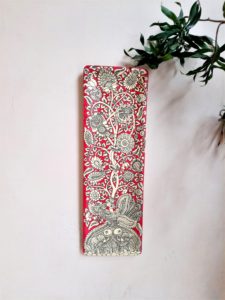
Kalamkari translates to “pen craft”, where ‘kalam’ means pen and ‘kari’ translated to artwork. This wonderful piece of art is a unique and antique style
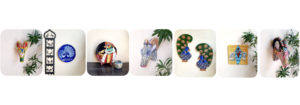
India’s ironic cultural heritage and epochs of evolutionary tradition is established by the enormous variety of handicrafts made all across the country. Handicrafts mirror the
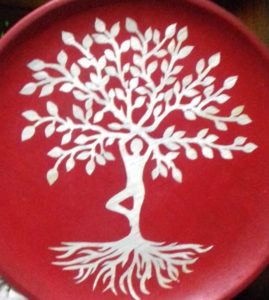
It had been a while since we ventured out to get a glimpse of local art and crafts and today being a Sunday, we took
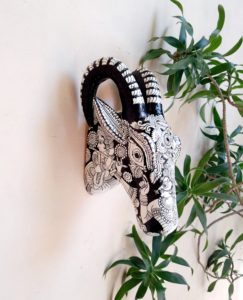
We are a Chhattisgarh (Central India) based start-up making hand painted and hand crafted décor products. We currently work with 7 different folk art forms
